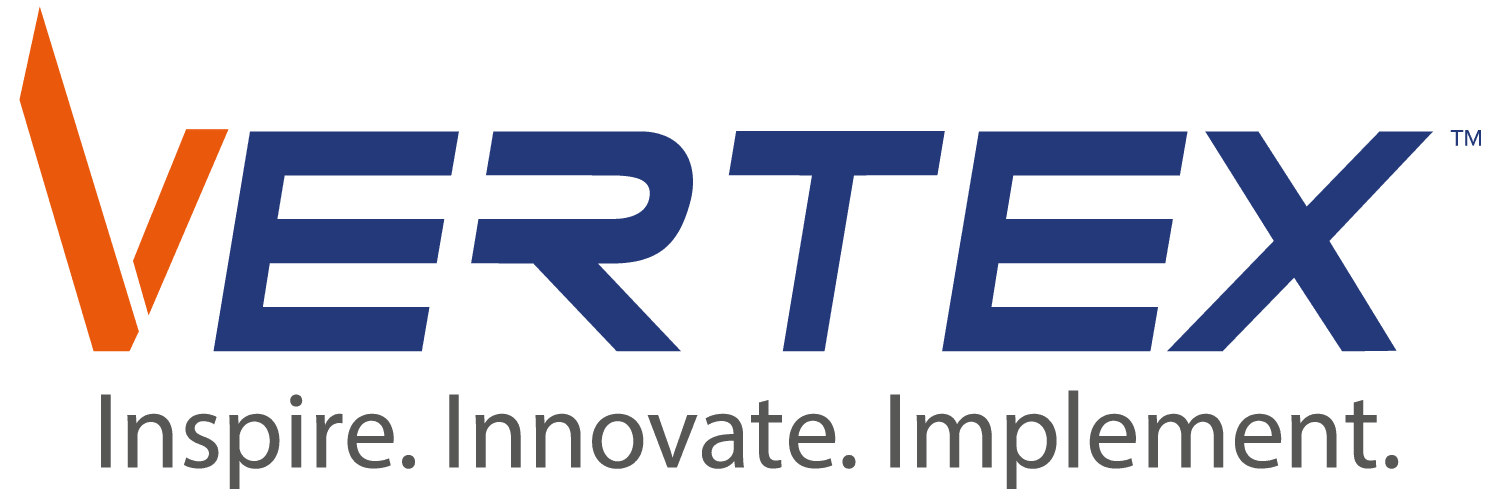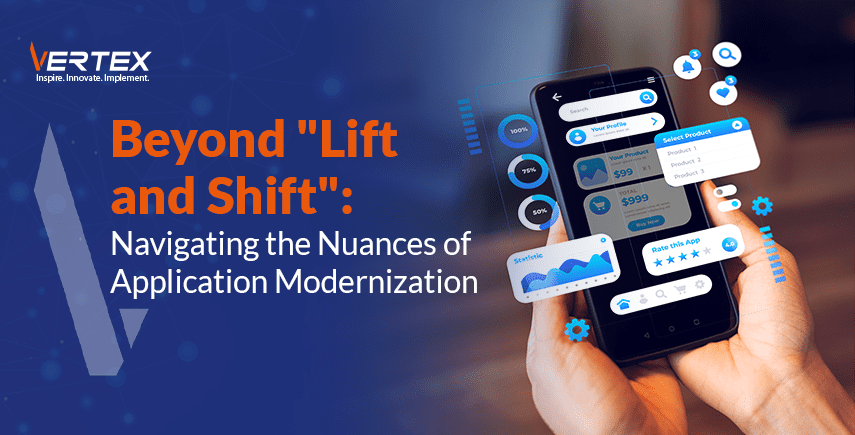
Satish Kulala
May 19, 2025Beyond “Lift and Shift”: Navigating the Nuances of Application Modernization
Most of the organizations are struggling with the rapidly changing landscape, and it is getting tough for them to stay profitable while working with their traditional methods.
Businesses are turning towards Application Modernization so that they can fight the current market and come out on top of it.
However, the process of modernization is not something you can easily do; it depends on several factors such as operational cost, time taken, asset management, coding infrastructure, and many more.
There are some strategies on the market, the best of which we will discuss in this article.
You can only make the right decision once you understand the strategies, such as Rehost, Replatform, Refactor, Repurchase, Retain, and Retire.
With a proper understanding of this, you can make better decisions and maximize your profits, ROI, and legacy application modernization.
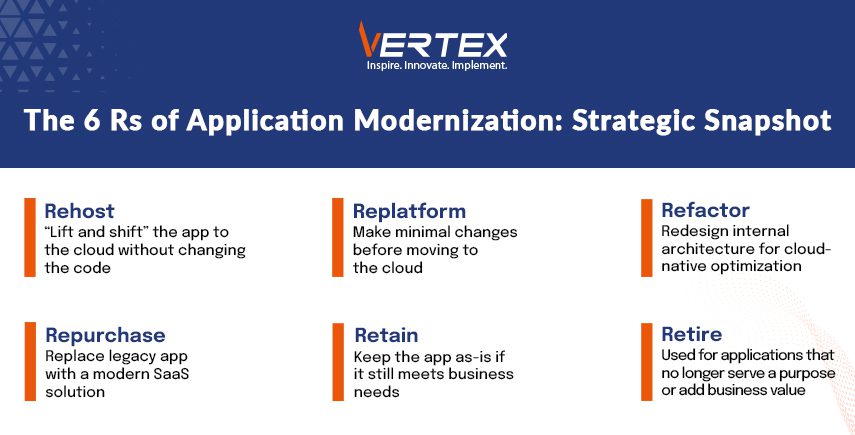
The Framework of Application Modernization: A Strategic Approach
The Six Rs method provides a framework that can be helpful in evaluating and then choosing the most suitable modernization strategy for each application.
1. Rehost (Lift and Shift)
Rehosting, or ID shifting in layman’s terms, allows me to explain this process further.
You move the application and its data from an on-premises environment to a cloud infrastructure without changing anything in the existing code.
It is very similar to moving furniture into a different house, but without rearranging it.
This kind of strategy works great with organisations that are aiming for quick wins and faster cloud adoption.
You can use this strategy for non-critical applications and with tighter deadlines.
This offers instant cost savings by utilising the cloud scalability and managed devices.
Benefits:
- Speed: Fastest path to the cloud.
- Cost-effective (initially): Minimizes upfront investment in redesign.
- Low risk: Fewer changes mean less potential for introducing new bugs.
Considerations:
- Limited cloud-native benefits: Doesn’t fully leverage cloud-specific features, such as serverless or advanced managed services.
- Potential for technical debt transfer: Existing inefficiencies or architectural issues may persist in the cloud.
2. Replatform (Lift, Tinker, and Shift)
Replatforming is nothing but making small changes to the applications before uploading them to a cloud infrastructure.
This strategy works because you do not have to do an entire overhaul of changes.
For example, this is similar to shifting your furniture to a new house, but before doing so, you apply some paint and make minor adjustments.
This will take your application from an on-site managed database to a cloud-operated infrastructure.
Replatforming is done when you want to gain cloud benefits but do not want to change a lot.
This mimics rehosting but with some additional efforts, which in turn saves a ton of cost that would have been spent on the full re-architecture.
This is the sweet spot for applications that can benefit from the cloud and get better functionality, scalability, and reduced operational costs.
Benefits:
- Enhanced efficiency: Leverages cloud-native features for better performance and resource utilization.
- Moderate cost savings: Can reduce operational costs more than rehosting.
- Reduced risk compared to refactoring: Core architecture remains largely intact.
Considerations:
- Requires some code changes: Introduces a moderate level of complexity.
- May not fully unlock cloud potential: Still retains some legacy constraints.
3. Refactor (Re-architect)
Refactoring or re-architecting is the process of changing an application’s internal architecture without changing its external behaviour or functionality.
This is done to improve the application’s design, management, scalability, and performance.
This is achieved by breaking down monolithic applications into microservices, containerizing them, or adopting serverless architecture.
This approach is best for critical business applications that require significant improvements in agility, scalability, performance, and cost-efficiency.
This is also opted for when the existing infrastructure is hindering innovation and causing the organisation to accumulate debt.
Benefits:
- Maximized cloud benefits: Fully leverages cloud-native services and elastic scalability.
- Improved agility and innovation: Enables faster development cycles and easier integration of new features.
- Reduced technical debt: Cleans up code, improves maintainability, and enhances security.
Considerations:
- High effort and cost: Requires significant development resources and time.
- Higher risk: Introduces more potential for errors due to extensive code changes.
- Significant business disruption: Requires careful planning and execution to minimize downtime.
4. Repurchase (Replace)
Repurchasing, or better known as “drop and shop,” is a process where you dump the existing application because of its old infrastructure and replace it with a new one.
This is just like exchanging your old phone for a new one with the latest features.
This is done when the existing application is no longer operating as it should and is hampering the overall functionality of the organisation.
The current application may be outdated, and a more advanced SaaS solution is available on the market to deliver better results.
This situation also benefits the cost department because, in place of spending the entire buying amount of the application, you are only paying a fraction of the price because you are using it as a service.
Benefits:
- Rapid time to market: Leverages existing solutions, reducing development time.
- Reduced maintenance burden: Shifts responsibility to the SaaS provider.
- Access to cutting-edge features: Benefits from continuous updates and innovations from the vendor.
Considerations:
- Vendor lock-in: Dependence on a third-party provider.
- Limited customization: May not perfectly align with unique business processes.
- Data migration complexity: Transferring data to a new system can be challenging.
5. Retain (Do Nothing)
Retaining means maintaining the application in its current state without changing anything.
This can be on-premises or in a cloud environment.
This is like deciding your current house is perfectly fine and requires no immediate changes.
This strategy is viable for stable applications that meet current business needs, have minimal dependencies, and offer a low return on investment for modernization efforts.
It’s also an option for applications nearing the end of their useful life but still providing essential functionality.
Benefits:
- Lowest cost: No upfront investment in modernization.
- No disruption: Business operations remain unchanged.
Considerations:
- Accumulation of technical debt: Continued use of outdated technology.
- Missed opportunities: Fails to leverage cloud benefits or improve efficiency.
- Potential for future issues: May become a liability as technology continues to evolve.
6. Retire
As the name suggests, this is the process of trashing the application that is no longer of use and serves no purpose to the organisation.
This is only used for applications that are no longer of use and provide no business value to the organisation.
Benefits:
- Doing this reduces operational cost since the entire application will shut down.
- Once the application is out of commission, the drain on IT will also lessen, and they can redirect the resources somewhere else.
Considerations:
- Make sure that before removing the application from the service, you have archived all the data for use if necessary.
- Impact assessment: Identifying and mitigating dependencies on the retired application.
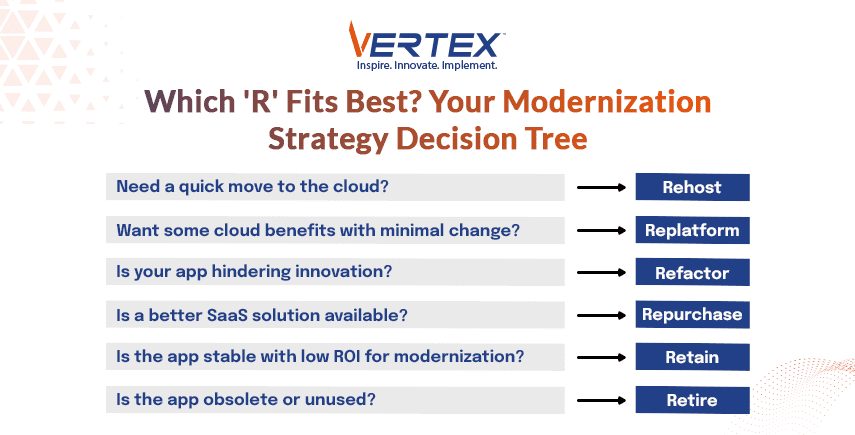
Choosing the Right Path: A Strategic Approach
Several factors go into deciding which modernization strategy to choose for any application, some of which are mentioned below.
- The business value of the application and how much it caters to the business operations.
- The health of the application’s code or technical help, does it require work, or is it good as is?
- Risk assessment, what will be the impact of modernization, and what will be the harm if we do not modernize?
- The cost of all the resources involved in the process and the time it will take for the process to finish.
Conclusion
This article covers the intricacies of the application modernization process and how you can make the right decision in terms of strategy.
This article explores different strategies that are beneficial to an organisation but vary from application to application.
Since you can never choose the same path for two applications because their infrastructure and functionality will be completely different.
The Rehost, Replatform, Refactor, Repurchase, Retain, and Retire approach allows us to make the best decision based on data and choose the most cost-effective method.

Still working around outdated systems or unsure how to start modernizing your applications?
Well, it’s time to change, and that’s exactly where Vertex CS comes in.
We’re your partners in building smarter, faster, and more adaptable systems.
Whether you need help moving to the cloud, updating legacy applications, or figuring out the right strategy, we’re here to make the process easier, clearer, and built around you.
Take a look at our services and let’s talk about how we can help you move forward with confidence.
Recent Blogs

19 May, 2025
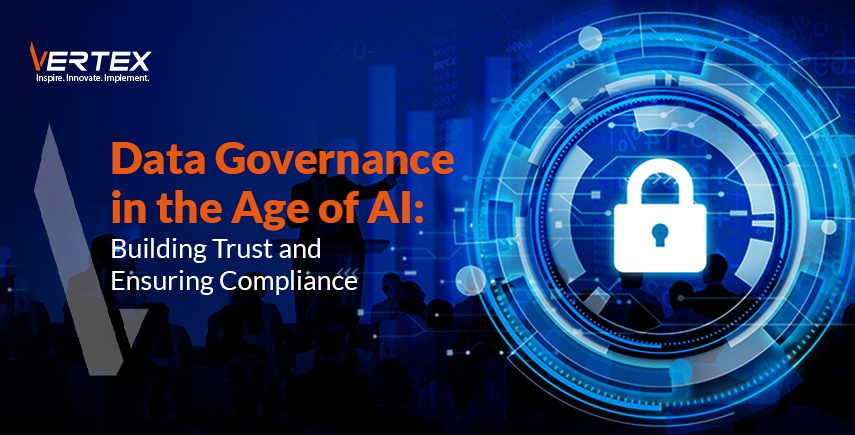
19 May, 2025
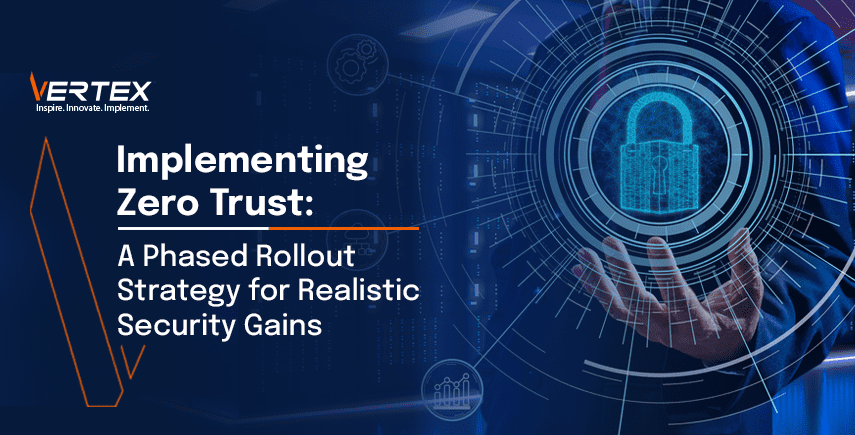
12 May, 2025

5 May, 2025
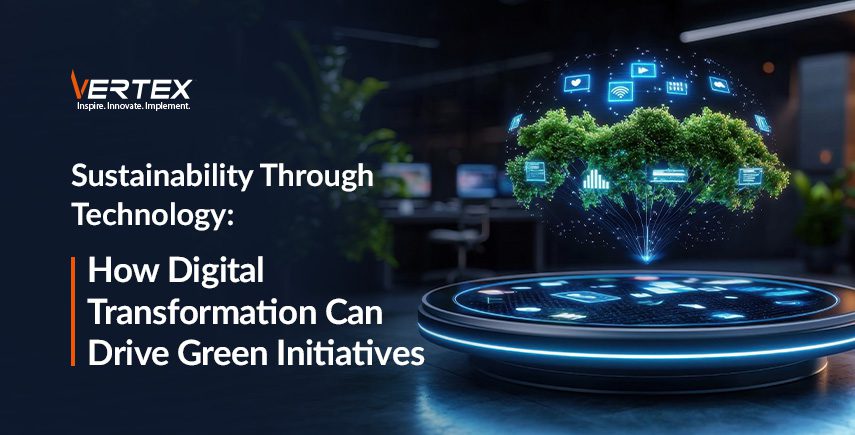
28 April, 2025

21 April, 2025
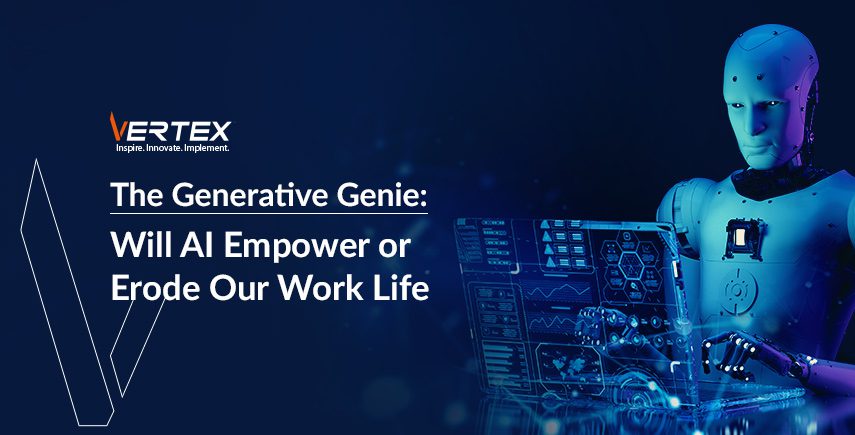
14 April, 2025
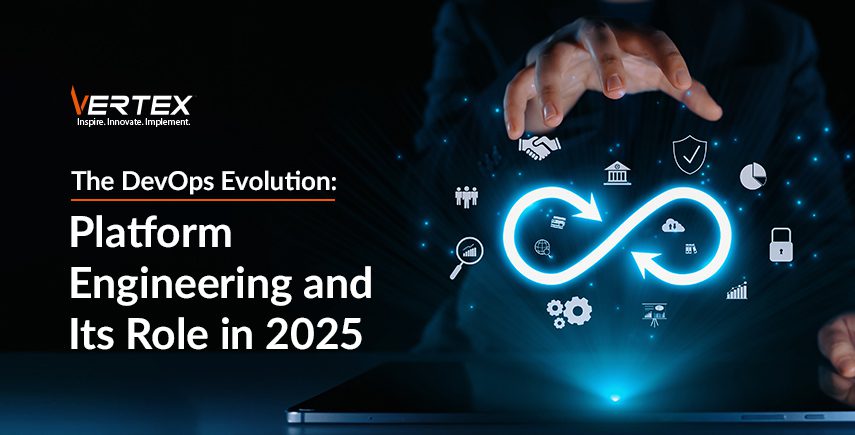
7 April, 2025
Recent News
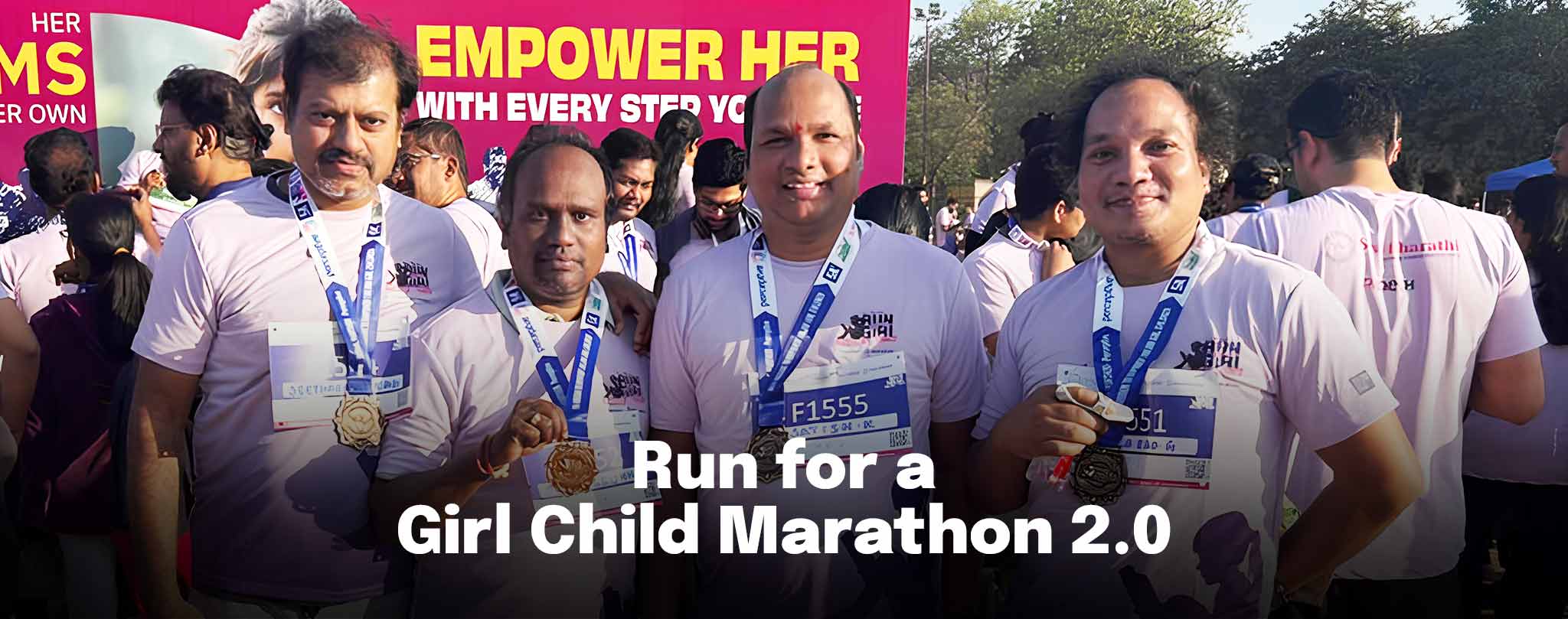
2 February, 2025

14 November, 2024

4 November, 2024
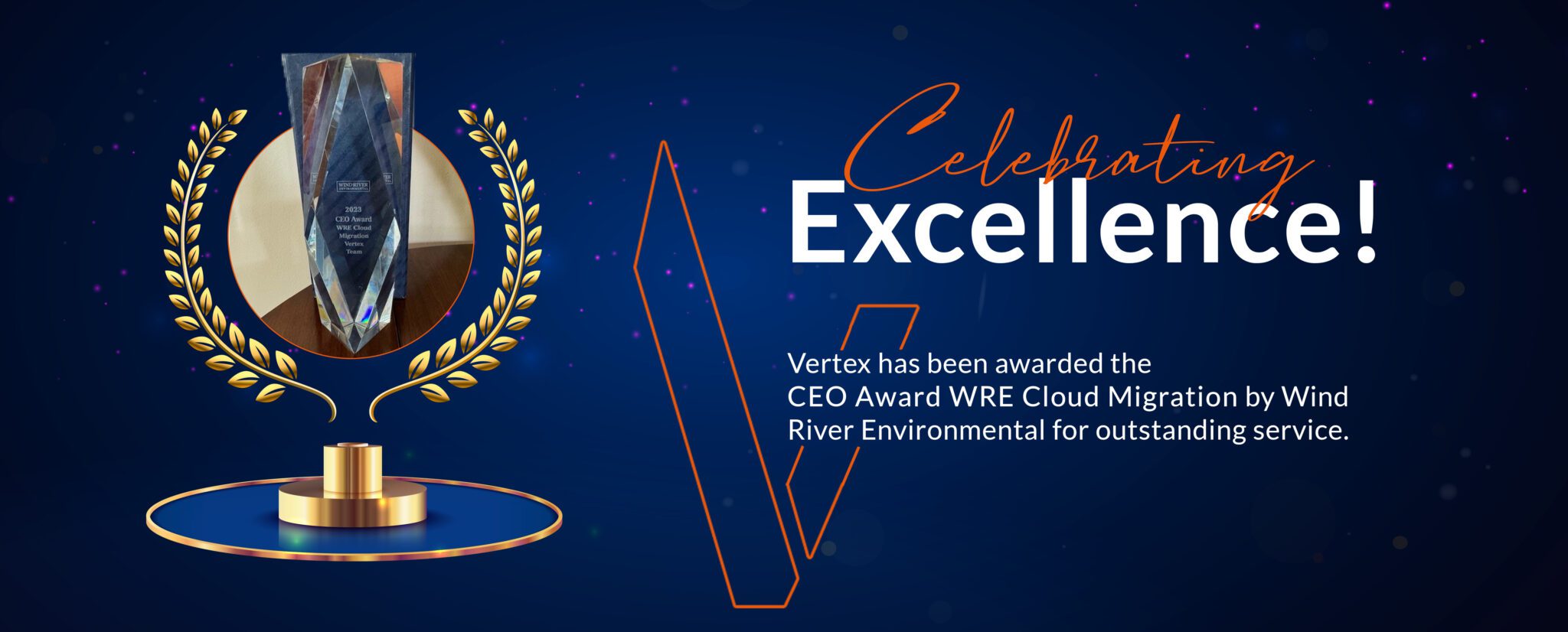
1 August, 2024

6 March, 2024

28 February, 2024

12 June, 2023
